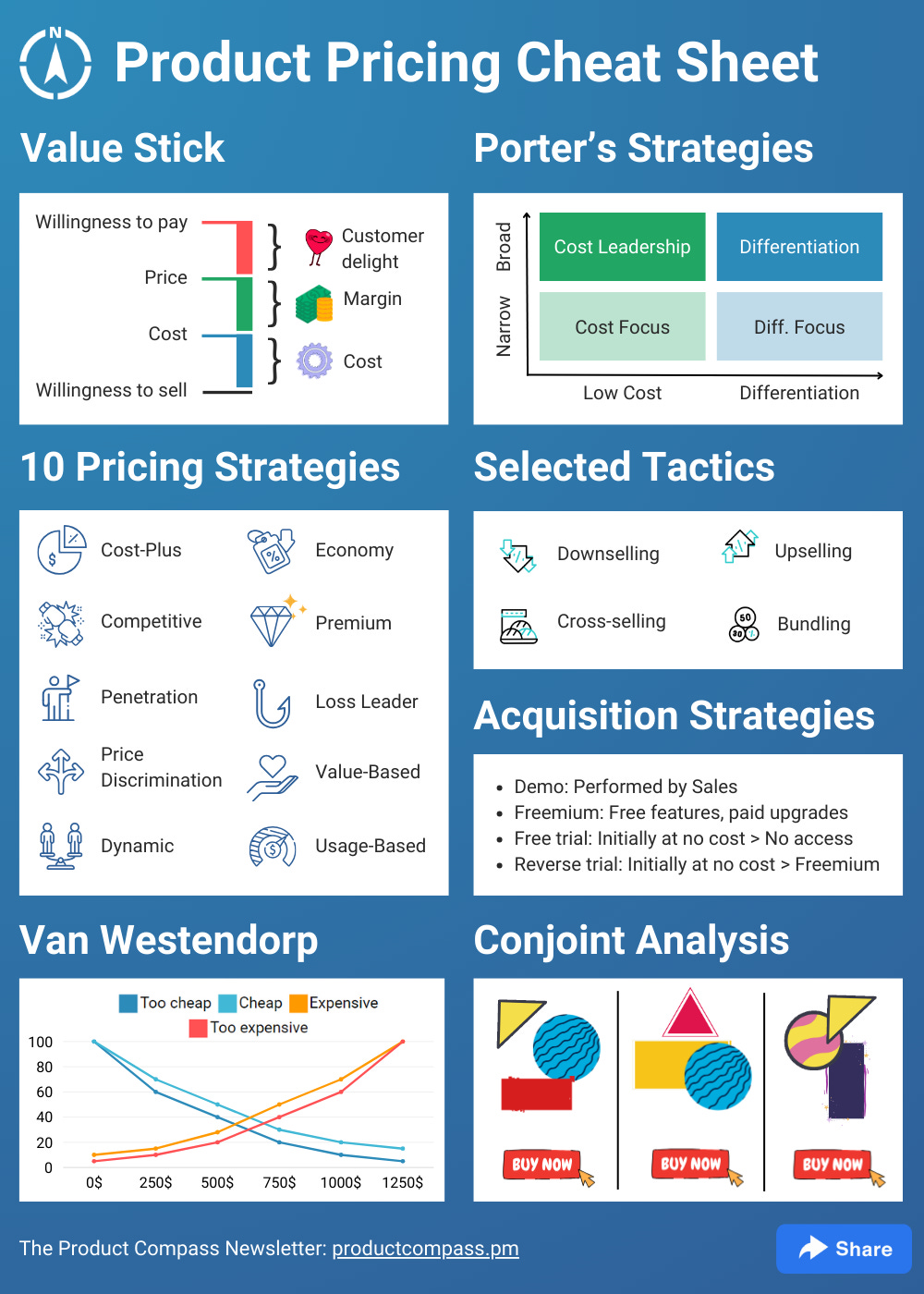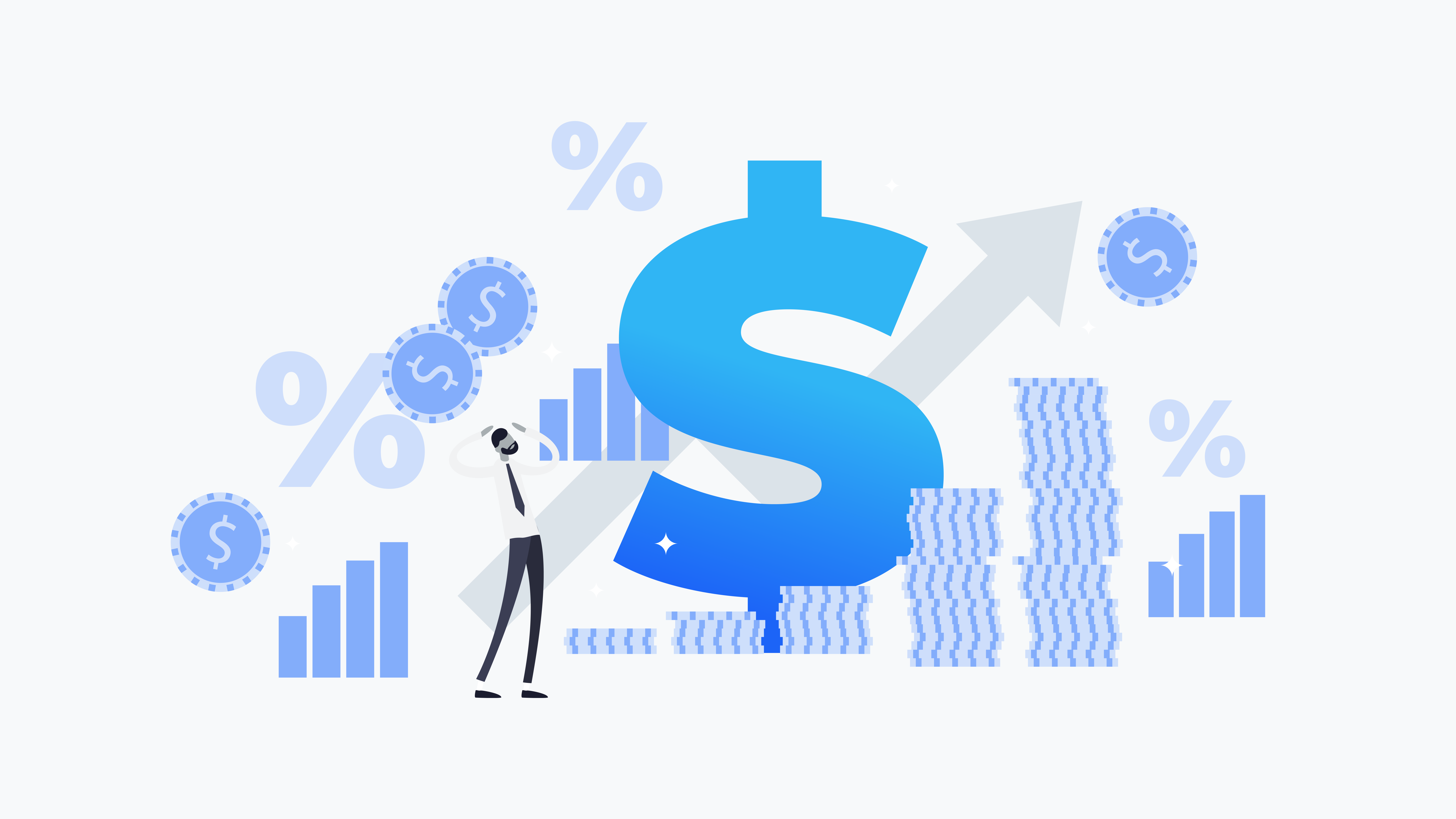Top Errors to Prevent When Establishing Your Pricing Strategy
Top Errors to Prevent When Establishing Your Pricing Strategy
Blog Article

Master Effective Pricing Approaches to Maximize Earnings
In the ever-evolving landscape of commerce, understanding efficient rates strategies is important for businesses aiming to optimize revenue. A nuanced understanding of pricing psychology can dramatically affect consumer habits and purchasing decisions.
Recognizing Rates Psychology
Recognizing prices psychology is important for services intending to optimize their rates strategies. This area analyzes just how consumers view rates and how these perceptions influence their purchasing choices. Secret concepts in prices psychology include the anchoring effect, where the preliminary price offered functions as a recommendation factor for consumers, and the concept of cost level of sensitivity, which differs among various customer sections.
In addition, services can take advantage of the idea of viewed worth, where the perceived advantages of a service or product can justify a greater price factor. For circumstances, costs pricing can develop a mood of exclusivity, bring in consumers who connect greater prices with exceptional top quality. On the various other hand, emotional pricing, such as setting a cost at $9.99 as opposed to $10, can considerably affect customer habits by making rates show up extra appealing.
Moreover, shortage and seriousness can boost the regarded worth of products, motivating quicker acquiring choices. Recognizing these emotional triggers enables companies to create prices approaches that not only drive sales but likewise foster client loyalty. Hence, grasping prices psychology is important for reliable rates approach formulation, bring about improved productivity and market positioning.
Carrying Out Value-Based Prices

First, conduct thorough market research to determine the value drivers for your target audience. This can consist of attributes, high quality, brand credibility, and customer care. Next off, section your clients based upon their desire to pay and the worth they regard. By doing so, you can tailor offerings and pricing methods to align with various sections.
After collecting understandings, set rates that reflect the optimum amount a customer wants to pay, making certain that they regard a fair exchange for the value got. Communicate the worth proposal efficiently, highlighting the advantages and differentiators of your offering. Constantly keep an eye on market conditions and client responses to fine-tune your pricing approach over time. By applying value-based rates, businesses can improve success while fostering lasting consumer commitment.
Exploring Dynamic Prices Models
In today's quickly altering market landscape, dynamic pricing versions have emerged as a powerful strategy for services looking for to maximize revenue and react to changes in demand. These models allow business to change their costs in real-time based on various aspects such as client behavior, market trends, and stock degrees. By leveraging information analytics and algorithms, businesses can recognize optimum prices factors that maximize sales while remaining affordable.
Dynamic rates can take various forms, including time-based rates, where rates vary based upon time of day or period, and demand-based rates, which readjusts costs according to existing customer demand. This versatility not just improves earnings yet additionally enhances customer contentment by offering prices that show real-time market conditions.
Applying vibrant pricing requires a robust technical infrastructure and a deep understanding of customer segments. It is crucial for organizations to monitor market signals and customer reactions continually, making sure that prices techniques line up with broader organization goals. Furthermore, clear communication regarding pricing adjustments can assist minimize customer frustration and foster depend on, eventually resulting in sustained productivity in a competitive market. Welcoming dynamic rates can therefore be a transformative technique in the quest for making the most of income.
Analyzing Competitor Prices
Keeping track of rival prices is necessary for organizations intending to preserve a competitive side in their respective markets. By assessing competitors' pricing approaches, business can identify market trends, recognize customer choices, and readjust their rates as necessary. This evaluation entails event data on competitors' rates, marketing techniques, and product offerings to inform prices choices.
To efficiently examine competitor pricing, companies ought to utilize different tools and techniques, such as cost tracking software application, marketing research records, and client comments. This data can reveal how rivals place their items and solutions, allowing organizations to separate their offerings or take on comparable strategies to stay relevant.
In addition, it is crucial to classify rivals into direct and indirect competitors. Straight competitors provide comparable services or products, while indirect competitors might satisfy the very same client demand with various solutions. Recognizing the subtleties between these groups will certainly enable organizations to tailor their prices methods better.
Eventually, ongoing rival pricing evaluation is read the article important for making enlightened prices decisions. It permits companies to continue to be dexterous in action to market changes, ensuring they can seize opportunities and alleviate threats connected with pricing techniques.
Examining Prices Performance
Understanding just how rival rates influences market dynamics brings about a natural emphasis on assessing pricing performance within one's own organization. This assessment is crucial for recognizing areas of toughness and possibilities for improvement, eventually improving profitability.

Furthermore, conducting routine pricing audits can reveal disparities in between anticipated and actual performance. This includes contrasting rates data across different segments and networks to understand variations and determine fads. Integrating consumer feedback can supply insights into viewed worth versus real prices, guaranteeing positioning with market expectations.
Lastly, leveraging information analytics devices can assist in much deeper insights into pricing efficiency, allowing businesses to make data-driven adjustments (Pricing Strategy). By continuously assessing pricing performance, companies can adapt to market adjustments and optimize their methods, ensuring continual earnings in a competitive landscape
Conclusion
Effective prices methods are important for maximizing profit in a competitive market. By leveraging prices psychology, businesses can boost regarded value official statement and tailor prices to diverse customer sectors. The adoption of vibrant and value-based rates models facilitates real-time changes based on need and customer desire to pay. In addition, constant evaluation of rival prices and performance metrics makes sure tactical dexterity. Inevitably, an extensive strategy to prices not only drives success yet additionally cultivates consumer satisfaction and loyalty.
Recognizing rates psychology is essential for businesses intending to maximize their prices techniques. Comprehending these mental triggers makes it possible for companies to formulate pricing strategies that not just drive sales yet additionally foster customer loyalty. Hence, grasping pricing psychology is important for effective prices strategy formula, leading to enhanced success and market find this positioning.
By assessing competitors' rates techniques, companies can identify market fads, understand consumer preferences, and readjust their prices accordingly. By leveraging prices psychology, companies can boost regarded value and tailor rates to varied client sectors.
Report this page